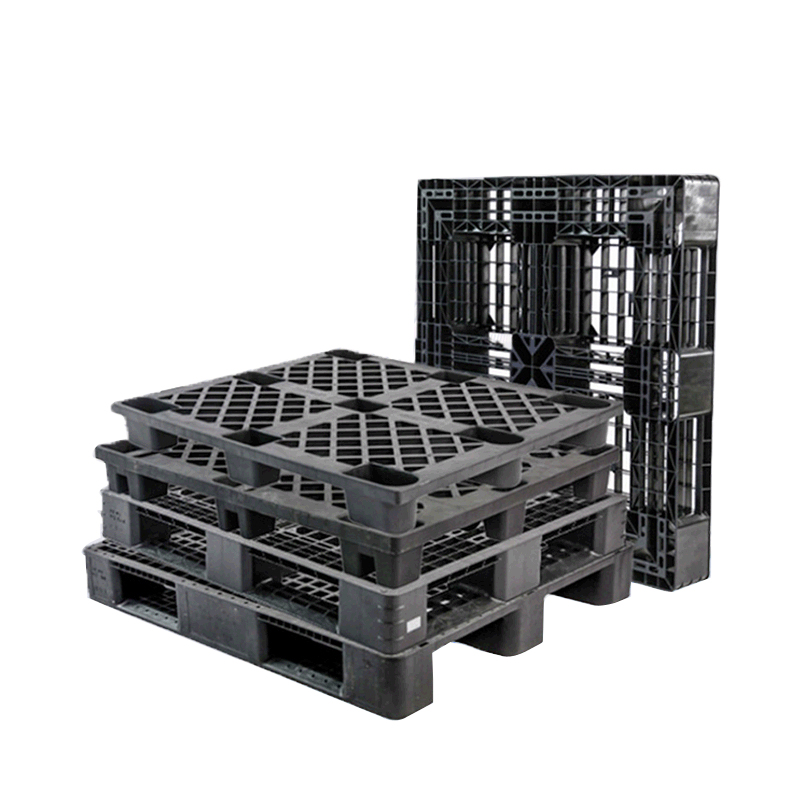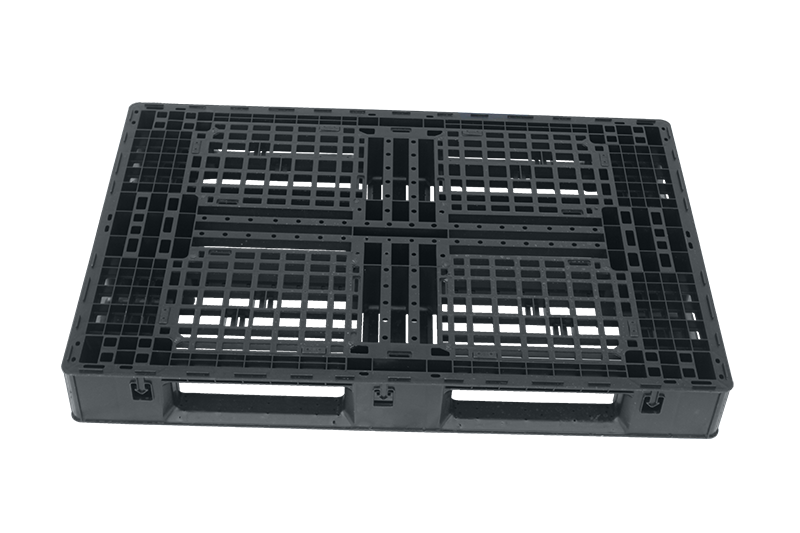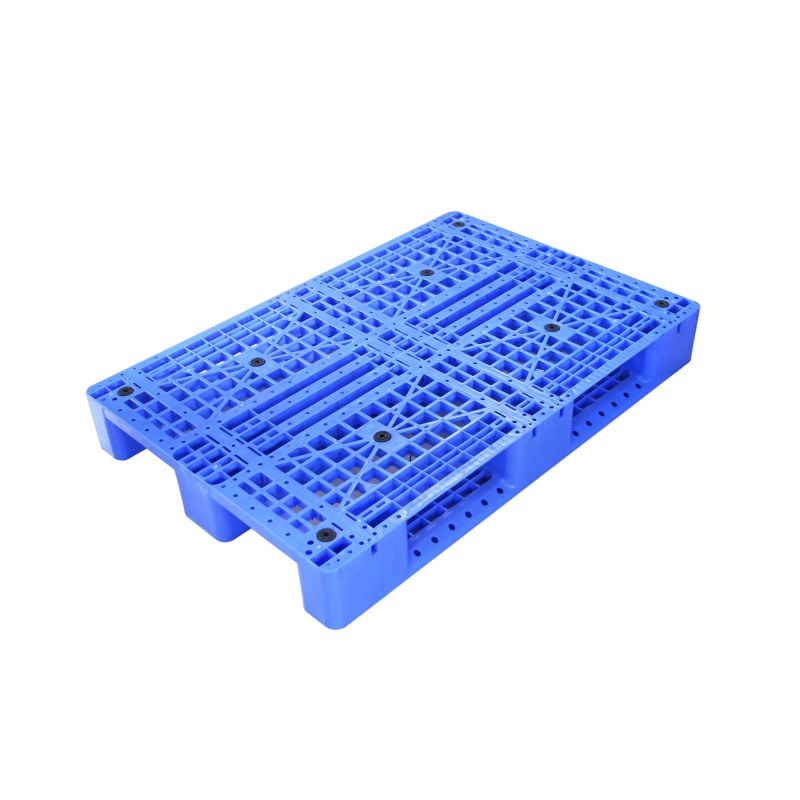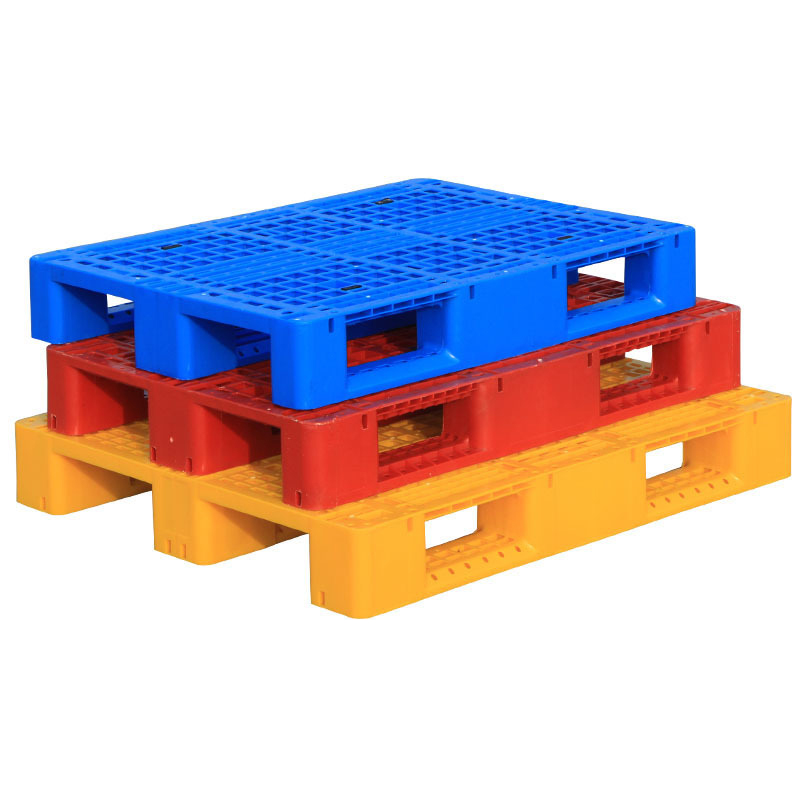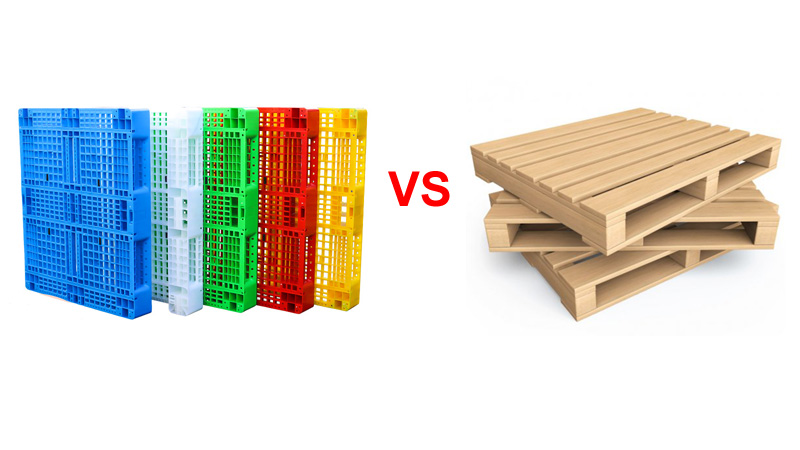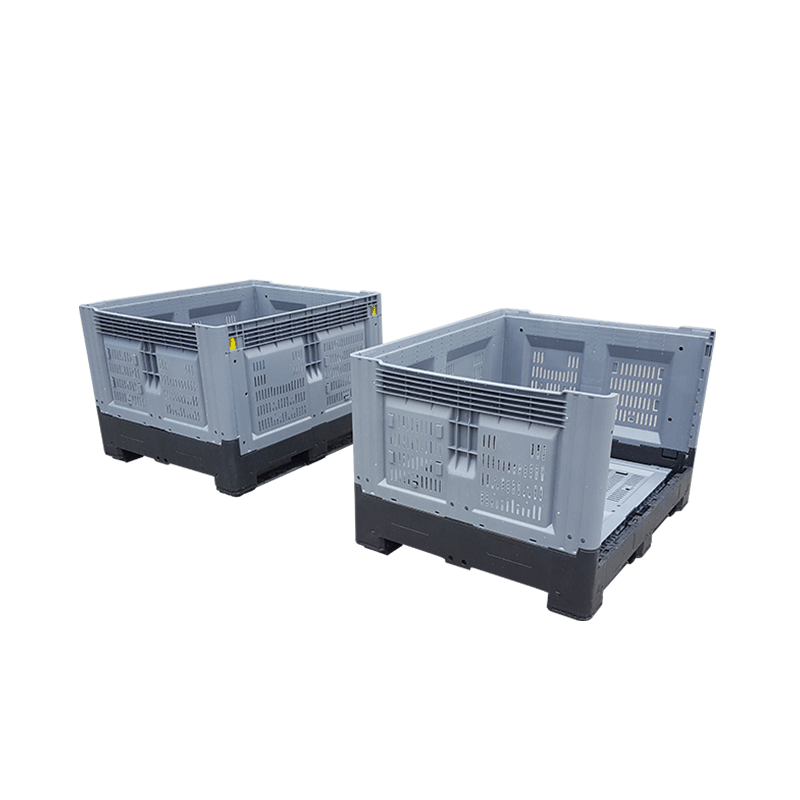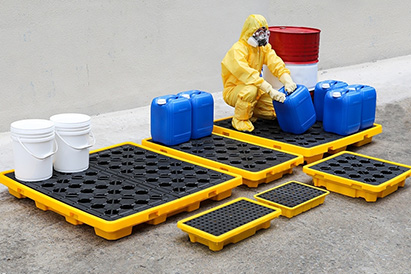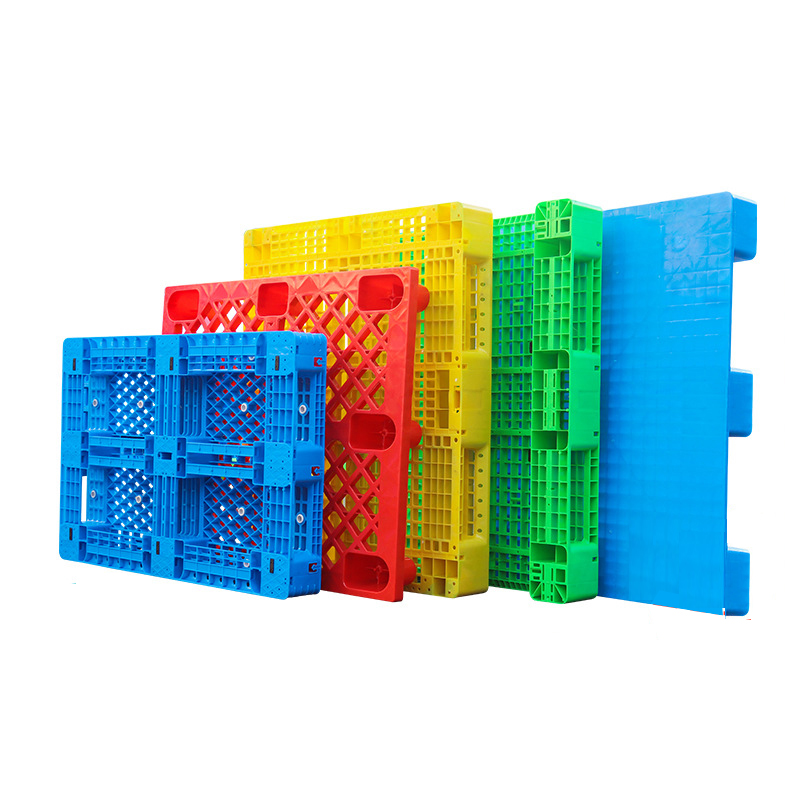Wooden pallets vs. Plastic pallets: Comparative analysis
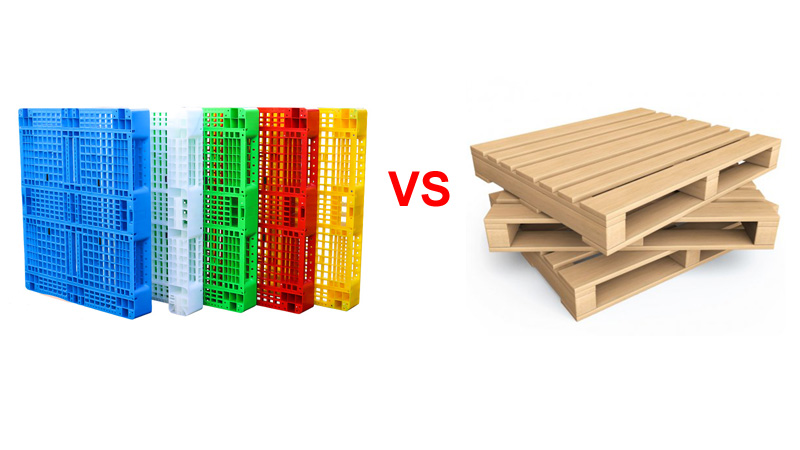
Plastic and wood pallets are both commonly used in shipping and logistics, but they have distinct differences in terms of material, durability, cost, environmental impact, and other factors. Here are some key differences and comparisons between plastic and wood pallets:
- Material:
- Plastic pallets are typically made from high-density polyethylene (HDPE) or polypropylene, which makes them resistant to moisture, chemicals, and pests.
- Wood pallets are usually made from various types of lumber, such as pine, oak, or hardwoods.
- Durability and Lifespan:
- Plastic pallets are generally more durable and have a longer lifespan compared to wood pallets. They are less prone to splintering, cracking, and breaking, and they can withstand repeated use and rough handling.
- Wood pallets are susceptible to damage from moisture, insects, and forklifts, which can shorten their lifespan.
- Weight and Strength:
- Plastic pallets tend to be lighter in weight compared to wood pallets, which can reduce transportation costs and make handling easier.
- Wood pallets are usually stronger and have higher load capacities compared to plastic pallets, especially for heavier loads.
- Cost:
- Initially, wood pallets are generally cheaper to purchase compared to plastic pallets.
- However, plastic pallets have a longer lifespan and may require less maintenance and replacement over time, potentially making them more cost-effective in the long run.
- Environmental Impact:
- Plastic pallets are recyclable, but they are typically made from non-biodegradable materials and may contribute to plastic pollution if not properly recycled.
- Wood pallets are biodegradable and can be recycled or repurposed into other products, making them a more environmentally friendly option. However, the production of wood pallets requires cutting down trees, which can have negative environmental implications if not managed sustainably.
- Sanitation and Hygiene:
- Plastic pallets are easier to clean and sanitize compared to wood pallets, making them suitable for industries where cleanliness and hygiene are critical, such as food and pharmaceuticals.
- Wood pallets can absorb liquids and harbor bacteria, mold, and pests, which may pose sanitation concerns, especially for sensitive goods.
- Regulations and Standards:
- Both plastic and wood pallets must meet certain regulatory standards for international shipping and transportation. However, regulations may vary depending on the specific industry and region.
In summary, the choice between plastic and wood pallets depends on various factors, including durability requirements, load capacities, cost considerations, environmental concerns, and industry-specific needs. While plastic pallets offer advantages such as durability and ease of sanitation, wood pallets may be preferred for their lower initial cost, higher load capacity, and biodegradability. Ultimately, businesses should evaluate their specific requirements and consider the trade-offs between plastic and wood pallets before making a decision.


